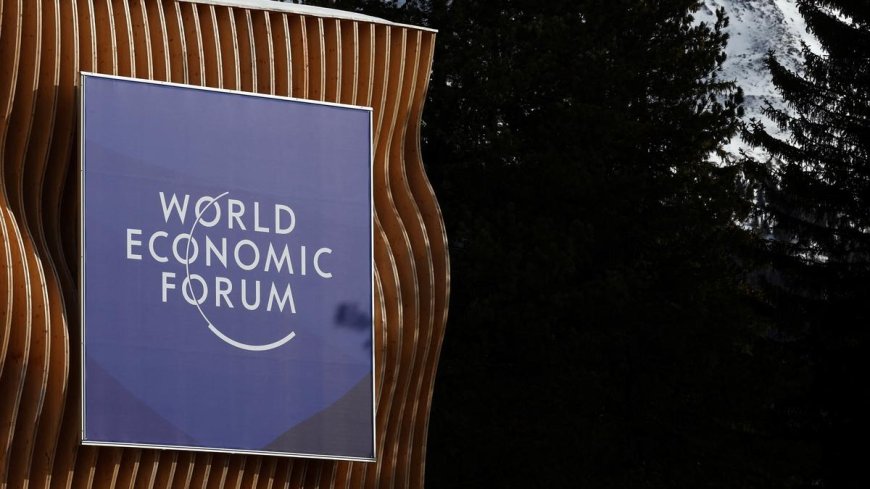India slips to 131st position in Global Gender Gap Index 2025

India Slips to 131st Position in Global Gender Gap Index 2025
Breaking News, Daily Updates & Exclusive Stories - asarkari
In a concerning development for advocates of gender equality, India has plunged to the 131st position in the Global Gender Gap Index for 2025. The alarming report, released on June 12, 2025, reveals that India's parity score stands at a mere 64.1%, making it one of the lowest-ranked countries in South Asia. This situation warrants critical examination as it highlights the ongoing struggle for equality faced by women across the nation.
Understanding the Global Gender Gap Index
The Global Gender Gap Index, published by the World Economic Forum, assesses countries on their progress towards gender parity. This comprehensive evaluation includes parameters such as economic participation, political empowerment, educational attainment, and health outcomes. A higher score indicates greater equality between men and women. With India's score at 64.1%, the country's position is a clear reflection of systemic issues that persist within its socio-economic structure.
Comparative Analysis: South Asia and Beyond
When positioned alongside other South Asian countries, India's ranking is particularly disheartening. Neighboring nations such as Bangladesh and Nepal have made significant strides in reducing gender disparities. For instance, according to the 2025 report, Nepal is ranked 101st and Bangladesh 117th, indicating a more favorable trajectory in gender equality. The stark contrast begs the question: What are the underlying factors contributing to India's stagnation in this regard?
Factors Contributing to India's Gender Gap
Several societal and cultural factors contribute to India's low ranking. Deep-rooted patriarchal norms, limited access to education for girls, workplace discrimination, and inadequate political representation for women are some of the critical barriers. Moreover, incidents of violence against women have surged in recent years, further exacerbating the issue. This troubling scenario not only hampers women's empowerment but also stifles economic development, as gender equality has been proven to enhance productivity and growth.
The Road Ahead: Steps Towards Improvement
In light of these challenges, it is essential for both the government and civil society to adopt proactive measures. Initiatives to enhance educational opportunities for girls, promote equal pay for equal work, and ensure women's safety in public spaces are paramount. Additionally, increasing female representation in political offices can drastically influence legislative changes that favor gender equality.
Awareness campaigns addressing gender stereotypes and advocating for women's rights play a crucial role in changing public perception. Collaboration between local organizations, government bodies, and international agencies could further strengthen these efforts to bridge the gender gap in India.
Conclusion: A Call to Action
India's drop to the 131st position in the Global Gender Gap Index serves as a stark reminder of the challenges that remain in achieving gender parity. Stakeholders at all levels must recognize the urgent need for concerted efforts to empower women and create an inclusive society. By tackling the problems head-on, India can work towards a future where equality is not just an aspiration but a reality.
For more updates, visit asarkari.com
Keywords:
Global Gender Gap Index, India Gender Equality, Gender Parity, Women's Rights in India, South Asia Gender Gap, Gender Disparities, Women Empowerment in India, Gender Inequality SolutionsWhat's Your Reaction?
 Like
0
Like
0
 Dislike
0
Dislike
0
 Love
0
Love
0
 Funny
0
Funny
0
 Angry
0
Angry
0
 Sad
0
Sad
0
 Wow
0
Wow
0










































